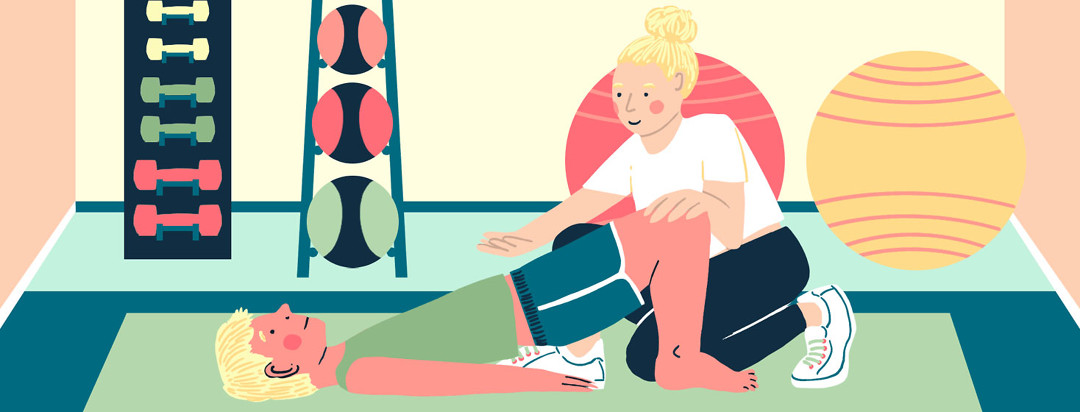To Rehab or Not to Rehab
“My doctor told me I had to go to rehab.” “Why hasn’t my doctor offered rehab?” “What is rehab, and will it help me?” These are some of the things I always see discussed by friends and family in our Facebook groups.
Did I do something wrong?
After my heart attack, a nurse who cared for me in the ICU suggested I look into cardiac rehab. Overwhelmed that week, I forgot about the suggestion until my first follow-up appointment. I asked the PA overseeing my care at that appointment, and he said he thought it would be good for me to be around other patients with heart ailments, and off I went with a prescription. I was unsure at first. Rehab, in my mind, has a negative connotation. Did I do something wrong and now have to go to rehab?
My first day was emotionally tough and I didn’t know what to expect. Two weeks after spending an unplanned week in the ICU, I checked into a room that looked like a gym, treadmills lining the wall with stationary bikes in the middle. I was pointed towards a set of chairs, positioned in a circle where other patients waited.
What does one do in cardiac rehab?
Featured Forum
View all responsesMobile EKG
The nurses came over and took our vitals. Then we were all outfitted with a mobile EKG. That made me feel safe. A staff member led us through some stretches, and then we hit the treadmills.
Treadmill
Since it was my first time, I had a nurse at my side the entire time coaching me towards a slow pace for 15 minutes. I was terrified to go 2 miles/hr even though pre-heart attack, I was closer to 4 miles/hr daily. I was scared to go fast, and I started to cry uncontrollably. The nurse kept me going, giving me the emotional support I needed, and I finished my first day. After that session, I faithfully continued rehab three times a week for five weeks afterward.
Supplementing exercise
Weeks later, I celebrated doing 2 miles on the treadmill at over 3 miles/hr, which was a significant milestone. After our workout, we had weekly classes to supplement our exercise – classes for nutrition, medications, and even coping strategies such as meditation. All of this was geared toward helping our bodies and minds heal while we adapted to our new condition.
The benefits
I was still fresh into this diagnosis and concerned for any unusual pain or twitch I felt around my heart. Cardiac rehab gave me peace of mind as I had a medical staff beside me to openly ask questions. I asked about medications, bruising, and limitations. They provided a tremendous in-person resource for me at a time where I was very emotionally fragile.
What I didn’t realize at the time is that rehab was a great gift. I was put back together both emotionally and physically. I was sad to leave my safe nest of workouts when this rehab was over. However, that team set me up for success and built my confidence. I continue to work out regularly, aware of my limitations but confident in working out and managing my condition.
Try it
If your care team prescribes cardiac rehab, try it out. The goal of this rehab to facilitate your recovery both mentally and physically. It can help you get back on track in all senses, working out, nutrition, and peace of mind. As with all care teams, make sure you find the right fit. The recovery phase of a significant health event is essential – make sure you have what you need to be successful.

Join the conversation